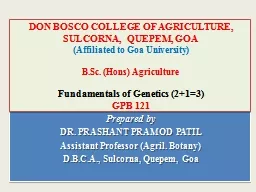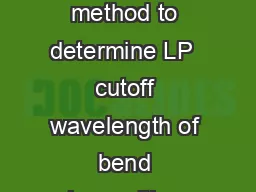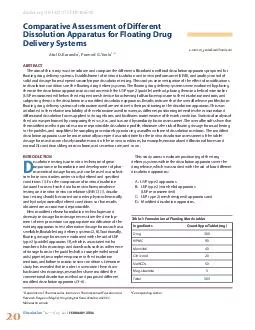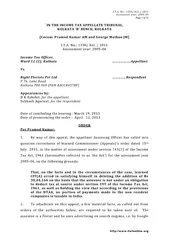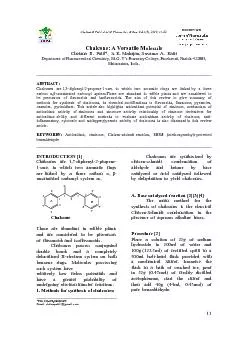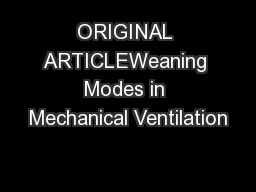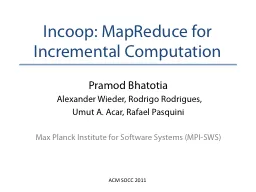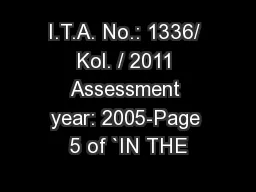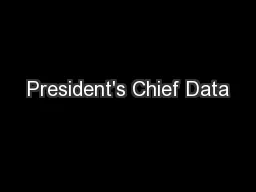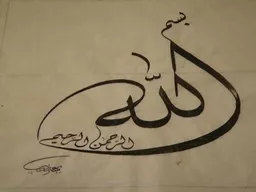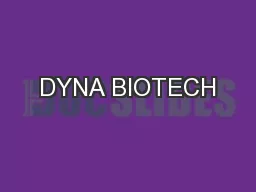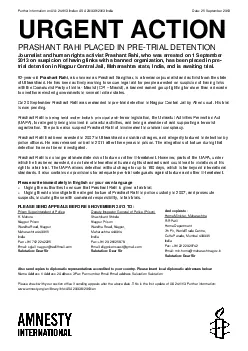PPT-Prepared by DR. PRASHANT PRAMOD PATIL
Author : catherine | Published Date : 2022-05-14
Assistant Professor Agril Botany DBCA Sulcorna Quepem Goa DON BOSCO COLLEGE OF AGRICULTURE SULCORNA QUEPEM GOA Affiliated to Goa University BSc Hons Agriculture
Presentation Embed Code
Download Presentation
Download Presentation The PPT/PDF document "Prepared by DR. PRASHANT PRAMOD PATIL" is the property of its rightful owner. Permission is granted to download and print the materials on this website for personal, non-commercial use only, and to display it on your personal computer provided you do not modify the materials and that you retain all copyright notices contained in the materials. By downloading content from our website, you accept the terms of this agreement.
Prepared by DR. PRASHANT PRAMOD PATIL: Transcript
Download Rules Of Document
"Prepared by DR. PRASHANT PRAMOD PATIL"The content belongs to its owner. You may download and print it for personal use, without modification, and keep all copyright notices. By downloading, you agree to these terms.
Related Documents

